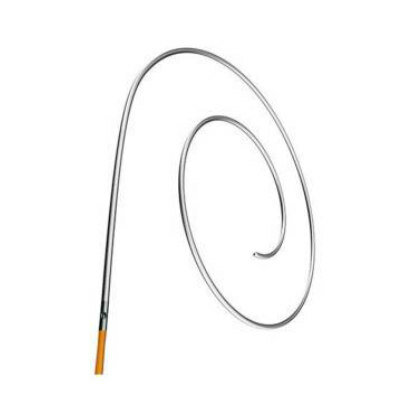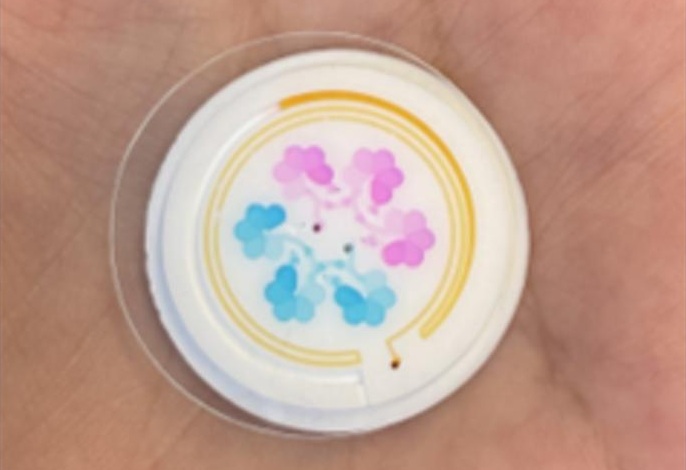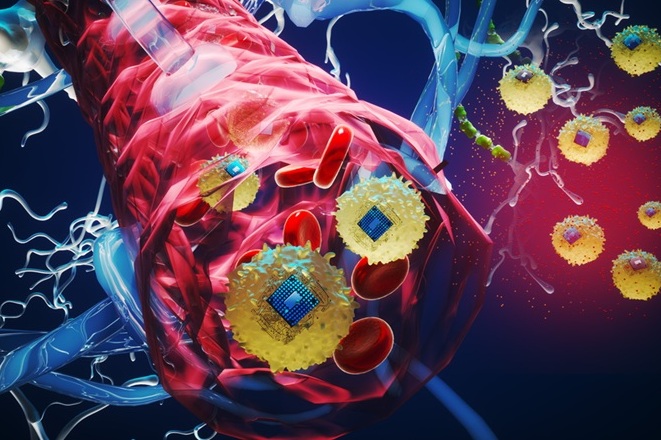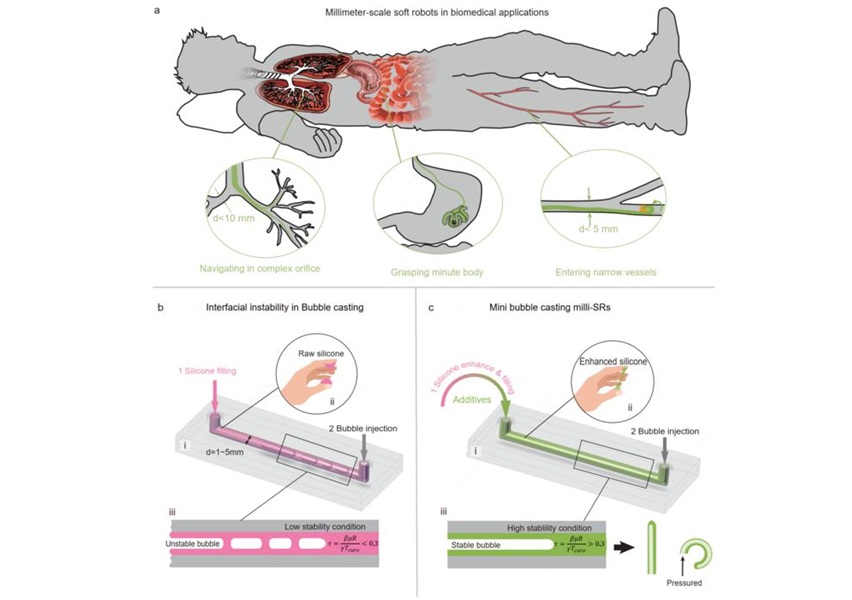Intelligent Software Automatically Assigns Nurses
|
By HospiMedica International staff writers Posted on 27 Sep 2017 |
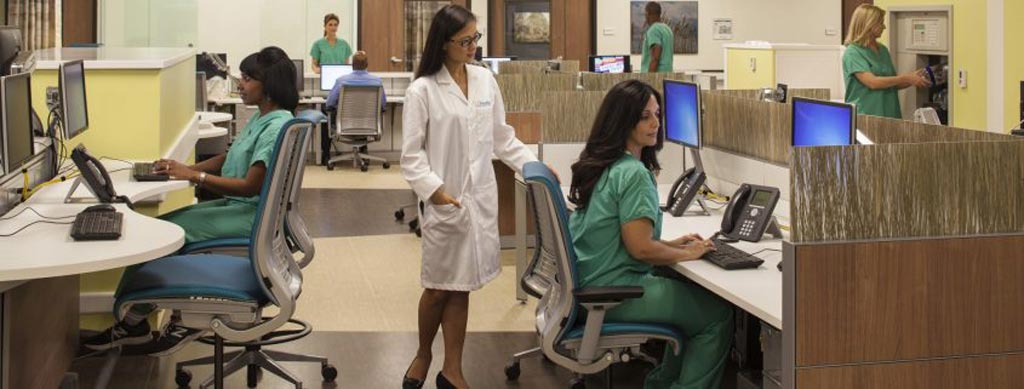
Image: New software matches patients and nurses to adjust workloads fairly (Photo courtesy of MedAdaptus).
A new software program matches patients and nurses by applying a protocol engine intended to tackle the complexities of patient assignments.
The MedAptus (Boston, MA, USA) ASSIGN for Nurses platform replaces the cumbersome manual assignment process that most charge nurses or assistants currently use, which is slow, inefficient, and often unfair because of imbalanced workloads. Instead, ASSIGN automatically taps into a patient census from the electronic health record (EHR), along with data from the hospital’s nurse scheduling software. All major EHR systems and nurse scheduling software programs are compatible.
It applies protocols such as patient acuity, geography, continuity of care, and others simultaneously into order to intelligently match patients with the right nurses. Once the assignment process is completed, the final list is then automatically generated and distributed, either electronically or in print. The entire process takes minutes to complete, and can work in any unit and with any staff size, while at the same time requiring minimal IT staff involvement during implementation.
“Not only can ASSIGN for Nurses handle the complexity of balancing multiple protocols, but it does so quickly and easily,” says Eugene Schneider, President and CEO of MedAptus. “We wanted to create a product that specifically addresses one of the most pressing challenges nurses face. So much is affected by nurse workloads; it’s nice to be able to provide software that dramatically improves such an important nursing function as patient assignments.”
Studies show heavy nurse workloads can have a significant impact on patient safety and satisfaction, length of stays, and readmissions. Imbalanced workloads can also lead to frustration, feelings of unfairness, and even burnout. In 2016, MedAptus also launched ASSIGN for Physicians, which applies similar rules-based algorithms to rounding assignments.
Related Links:
MedAptus
The MedAptus (Boston, MA, USA) ASSIGN for Nurses platform replaces the cumbersome manual assignment process that most charge nurses or assistants currently use, which is slow, inefficient, and often unfair because of imbalanced workloads. Instead, ASSIGN automatically taps into a patient census from the electronic health record (EHR), along with data from the hospital’s nurse scheduling software. All major EHR systems and nurse scheduling software programs are compatible.
It applies protocols such as patient acuity, geography, continuity of care, and others simultaneously into order to intelligently match patients with the right nurses. Once the assignment process is completed, the final list is then automatically generated and distributed, either electronically or in print. The entire process takes minutes to complete, and can work in any unit and with any staff size, while at the same time requiring minimal IT staff involvement during implementation.
“Not only can ASSIGN for Nurses handle the complexity of balancing multiple protocols, but it does so quickly and easily,” says Eugene Schneider, President and CEO of MedAptus. “We wanted to create a product that specifically addresses one of the most pressing challenges nurses face. So much is affected by nurse workloads; it’s nice to be able to provide software that dramatically improves such an important nursing function as patient assignments.”
Studies show heavy nurse workloads can have a significant impact on patient safety and satisfaction, length of stays, and readmissions. Imbalanced workloads can also lead to frustration, feelings of unfairness, and even burnout. In 2016, MedAptus also launched ASSIGN for Physicians, which applies similar rules-based algorithms to rounding assignments.
Related Links:
MedAptus
Latest Patient Care News
- Revolutionary Automatic IV-Line Flushing Device to Enhance Infusion Care
- VR Training Tool Combats Contamination of Portable Medical Equipment
- Portable Biosensor Platform to Reduce Hospital-Acquired Infections
- First-Of-Its-Kind Portable Germicidal Light Technology Disinfects High-Touch Clinical Surfaces in Seconds
- Surgical Capacity Optimization Solution Helps Hospitals Boost OR Utilization

- Game-Changing Innovation in Surgical Instrument Sterilization Significantly Improves OR Throughput
- Next Gen ICU Bed to Help Address Complex Critical Care Needs
- Groundbreaking AI-Powered UV-C Disinfection Technology Redefines Infection Control Landscape
- Clean Hospitals Can Reduce Antibiotic Resistance, Save Lives
- Smart Hospital Beds Improve Accuracy of Medical Diagnosis
- New Fast Endoscope Drying System Improves Productivity and Traceability
- World’s First Automated Endoscope Cleaner Fights Antimicrobial Resistance
- Portable High-Capacity Digital Stretcher Scales Provide Precision Weighing for Patients in ER
- Portable Clinical Scale with Remote Indicator Allows for Flexible Patient Weighing Use
- Innovative and Highly Customizable Medical Carts Offer Unlimited Configuration Possibilities
- Biomolecular Wound Healing Film Adheres to Sensitive Tissue and Releases Active Ingredients
Channels
Critical Care
view channel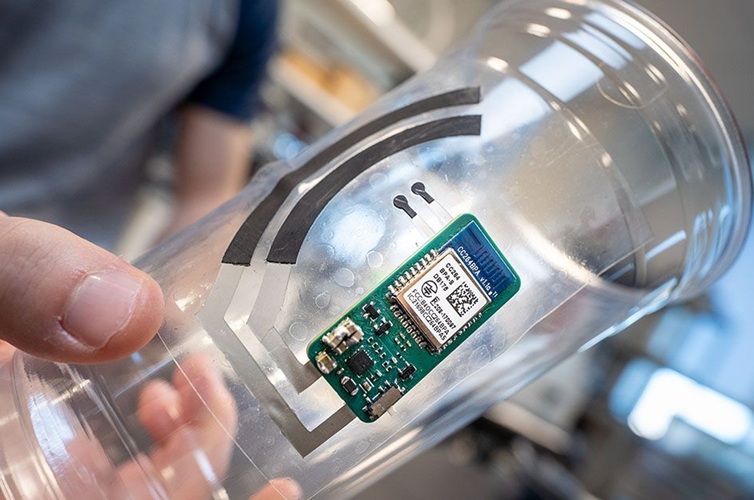
Sweat-Powered Sticker Turns Drinking Cup into Health Sensor
Micronutrient deficiencies affect millions worldwide, yet checking vitamin C levels still requires blood draws, lab equipment, and high costs that prevent regular monitoring. Most people only get annual... Read more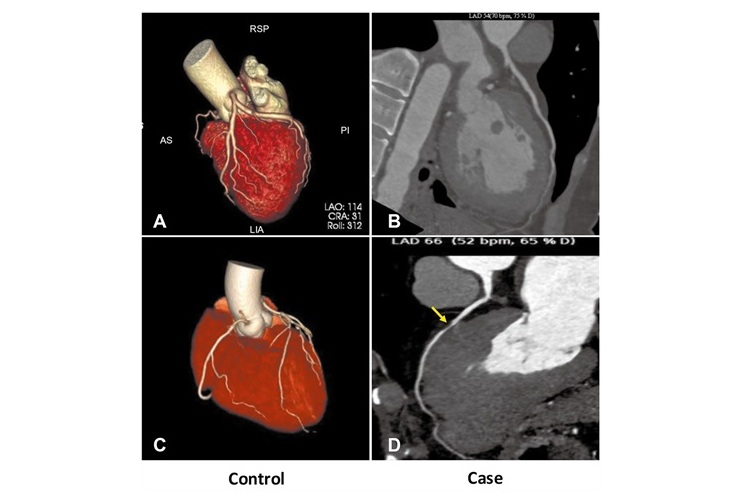
Coronary Artery Stenosis Could Protect Patients from Pulmonary Embolism Effects
Acute pulmonary embolism (PE) occurs when blood clots block vessels carrying deoxygenated blood from the heart to the lungs, triggering a sudden rise in pressure against the right ventricle and risking... Read moreSurgical Techniques
view channel
Drug-Coated Balloons Can Replace Stents Even in Larger Coronary Arteries
Narrowed or blocked arteries pose a major global health burden, often leading to heart attacks, heart failure, or stroke when blood flow becomes compromised. Traditional balloon angioplasty can reopen... Read more
Magnetic Kidney Stone Retrieval Device Outperforms Ureteroscopic Laser Lithotripsy
Kidney stone disease affects millions worldwide and often requires ureteroscopic laser lithotripsy, yet fragment removal remains inefficient. Many patients are left with residual pieces that can cause... Read more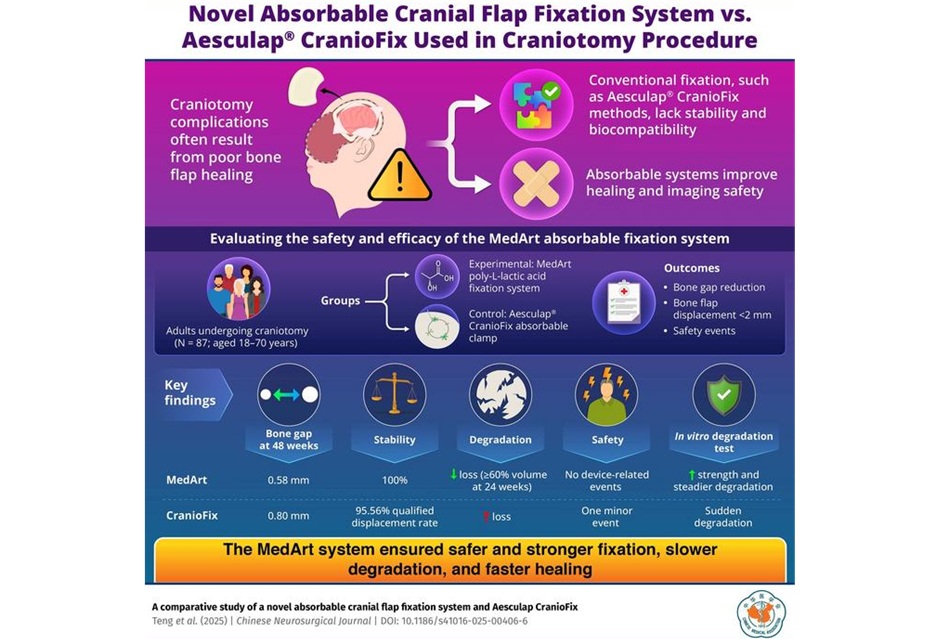
Absorbable Skull Device Could Replace Traditional Metal Implants Used After Brain Surgery
Closing the skull safely after neurosurgery remains a major clinical challenge, as traditional metal or semi-absorbable fixation devices can interfere with imaging, degrade unpredictably, or persist long... Read moreHealth IT
view channel
Printable Molecule-Selective Nanoparticles Enable Mass Production of Wearable Biosensors
The future of medicine is likely to focus on the personalization of healthcare—understanding exactly what an individual requires and delivering the appropriate combination of nutrients, metabolites, and... Read moreBusiness
view channel
Philips and Masimo Partner to Advance Patient Monitoring Measurement Technologies
Royal Philips (Amsterdam, Netherlands) and Masimo (Irvine, California, USA) have renewed their multi-year strategic collaboration, combining Philips’ expertise in patient monitoring with Masimo’s noninvasive... Read more
B. Braun Acquires Digital Microsurgery Company True Digital Surgery
The high-end microsurgery market in neurosurgery, spine, and ENT is undergoing a significant transformation. Traditional analog microscopes are giving way to digital exoscopes, which provide improved visualization,... Read more
CMEF 2025 to Promote Holistic and High-Quality Development of Medical and Health Industry
The 92nd China International Medical Equipment Fair (CMEF 2025) Autumn Exhibition is scheduled to be held from September 26 to 29 at the China Import and Export Fair Complex (Canton Fair Complex) in Guangzhou.... Read more









